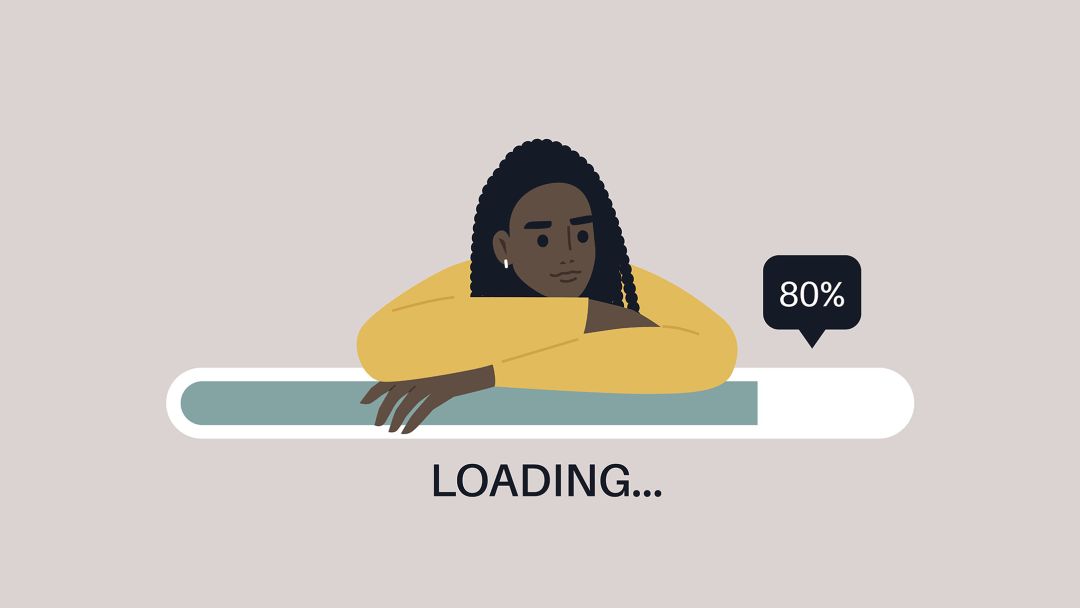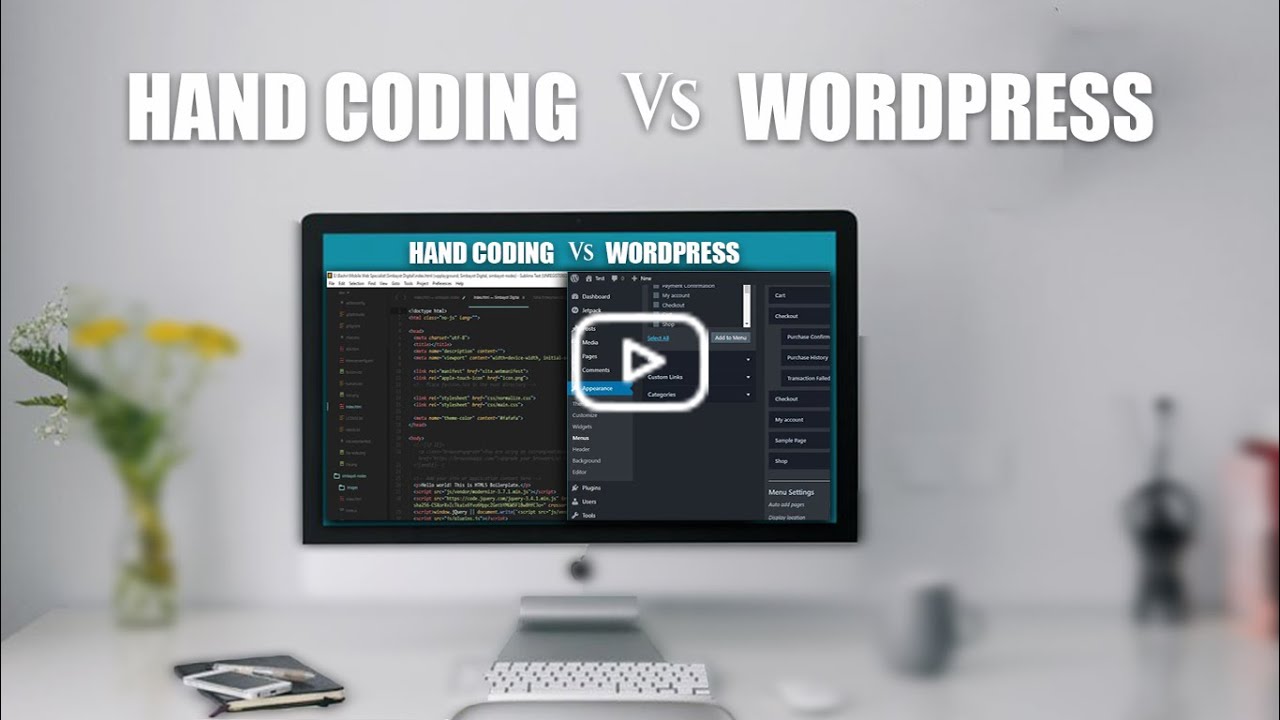
How to Build the Laggiest Website Possible
In today's fast-paced digital world, instant gratification is the norm. Websites are expected to load in the blink of an eye, providing users with a seamless and delightful experience. But what if you yearn for the good old days of sluggish internet connections and websites that tested your patience? Fear not, for we have the ultimate guide on how to build the laggiest website possible.
Step 1: Choose the Right Platform
To ensure maximum lag, forget about hand-coding your website. Instead, opt for page-builders like Wix or WordPress. These platforms are known for their ability to jumble code and make your website a challenge to navigate. But don't stop there! Install every plugin you can find, from Yoast SEO to Elementor and Contact Form 7. The more plugins, the merrier (and laggier).
Step 2: Use Render-Blocking JavaScript
JavaScript is your best friend when it comes to slowing down your website. Include as many scripts as possible, such as Google Analytics, Google AdSense, and Google Maps embedded in iframes. Forget about using static images that link out—interactivity is key, even if it means sacrificing speed. To maximize the lag, place all these scripts at the very top of your
tag, ensuring they run before anything else loads.Step 3: Hoard Unused CSS
Style is important, but efficiency is overrated. Copy and paste CSS blocks from Stack Overflow for every button, image and card on your website. Even if you don't use a particular style, keep it in your CSS files just in case. Avoid modern frameworks like Astro that optimize and discard unused CSS. Instead, include all your styles at the top of the
tag on every single page.Step 4: Go Big with Images
Images are the lifeblood of a laggy website. Opt for old, inefficient formats and make sure they are as large as possible. When sourcing images from stock websites, resist the temptation to resize or crop them. If you can use JavaScript to round out the corners instead of CSS, even better. The more unnecessary processing, the slower your website will be.
Step 5 (Bonus): Add Cumulative Layout Shift
Laggy page speed is great, but don't forget to add Cumulative Layout Shift (CLS). CLS refers to the frustrating phenomenon of website elements shifting around as the page loads. Imagine a user trying to click a button, only to have it move off-screen at the last second. It's the perfect way to drive visitors away and make them appreciate the speed of your competitors' websites.
Conclusion
In a world obsessed with speed and efficiency, building the laggiest website possible is a noble pursuit. By following these steps—using page-builders with excessive plugins, render-blocking JavaScript, unused CSS, oversized images and Cumulative Layout Shift, you can create a website that will have users longing for the days of dial-up internet.


